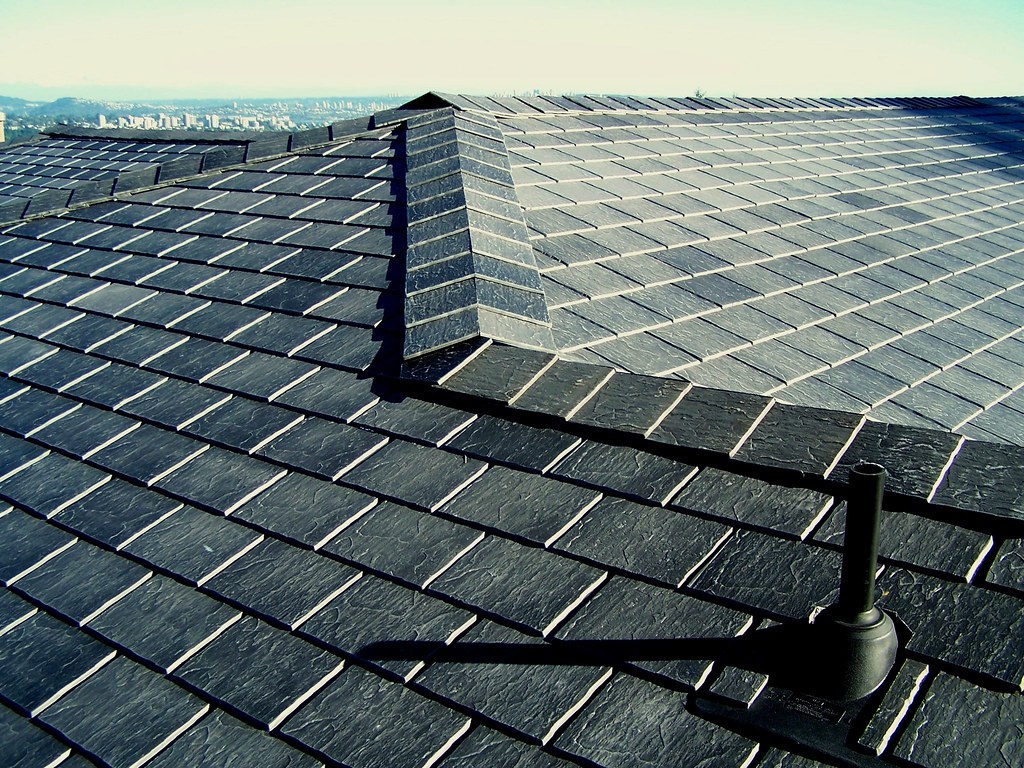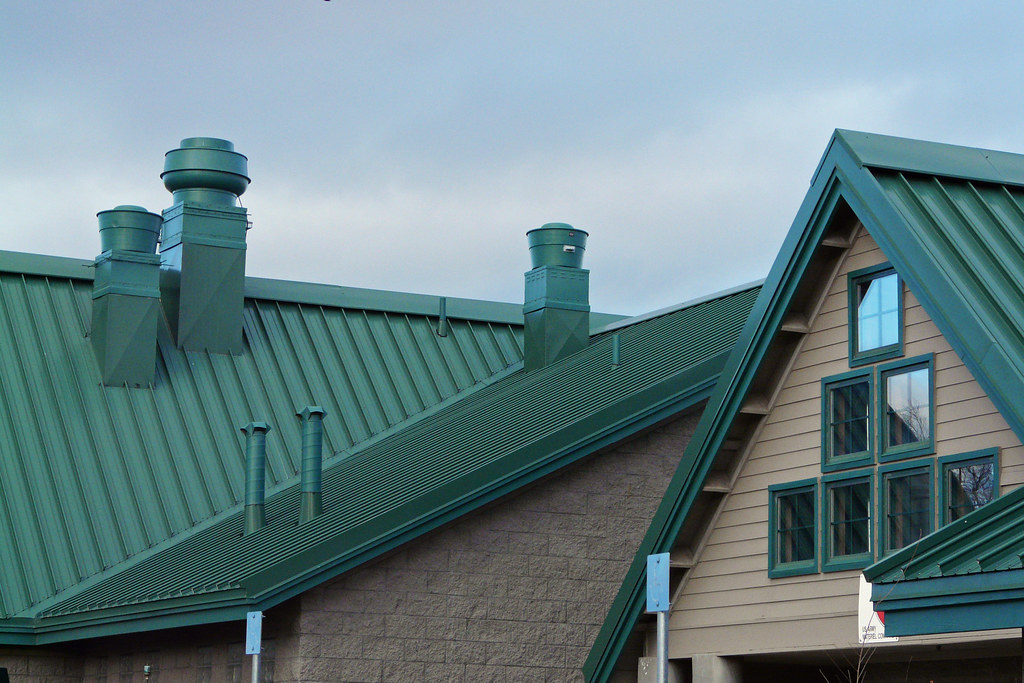When it comes to home renovations, roofing is often one of the most important projects to consider. A well-constructed roof protects your home from the elements and can add value to your property. Choosing the right roofing material can be a daunting task, but it is crucial for ensuring the longevity and durability of your home. In this comprehensive guide, we will explore the differences between two of the most popular roofing materials: shingle roofing vs metal roofing. By the end of this article, you will be equipped with the knowledge to make an informed decision for your roofing project.
Shingle Roofing
Shingle roofing is one of the most common types of roofing materials used in North America. Shingles are flat or curved tiles made of various materials, including asphalt, wood, slate, and tile. Here are some of the pros and cons of shingle roofing:

Pros:
- Wide range of materials: Shingle roofing materials come in a wide range of materials, including asphalt, wood, slate, and tile. This variety of options allows homeowners to choose a material that best suits their home style and budget.
- Affordable: Shingle roofing is generally less expensive than metal roofing, making it a more affordable option for homeowners.
- Easy to install: Shingle roofing is relatively easy to install, which can reduce the cost of installation.
Cons:
- Lifespan: The lifespan of shingle roofing is generally shorter than metal roofing. Asphalt shingles, for example, have a lifespan of 15 to 25 years, while wood shingles can last up to 30 years.
- Durability: Shingle roofing is more susceptible to damage from weather conditions, such as high winds and hail, which can cause shingles to become loose or even fly off.
- Maintenance: Shingle roofing requires regular maintenance, such as cleaning and debris removal, to ensure the roof’s longevity.
Longevity and durability of shingle roofing
The lifespan of shingle roofing varies depending on the type of material used. Asphalt shingles, for example, have a lifespan of 15 to 25 years, while wood shingles can last up to 30 years. Shingle roofing is more susceptible to damage from weather conditions, such as high winds and hail, which can cause shingles to become loose or even fly off. However, shingle roofing can be repaired relatively easily by replacing damaged or missing shingles.
Maintenance and repair of shingle roofing
Shingle roofing requires regular maintenance to ensure its longevity. This includes regular cleaning to remove debris and leaves from the roof, as well as inspecting the roof for any damage. Shingle roofing can be repaired relatively easily by replacing damaged or missing shingles.
Energy efficiency of shingle roofing
Shingle roofing is generally not as energy efficient as metal roofing. Asphalt shingles, for example, can absorb heat from the sun, which can increase the temperature inside the home. However, shingle roofing can be made more energy efficient by adding insulation to the attic space.
Metal Roofing
Metal roofing is a durable and long-lasting roofing material that is growing in popularity. Metal roofing is made of various materials, including steel, aluminum, and copper. Here are some of the pros and cons of metal roofing:
Pros:
- Longevity: Metal roofing has a longer lifespan than shingle roofing. Depending on the type of metal used, metal roofing can last up to 50 years or more.
- Durability: Metal roofing is resistant to weather conditions, such as high winds, hail, and heavy snow, which can cause damage to shingle roofing.
- Low maintenance: Metal roofing requires very little maintenance, which can save homeowners money in the long run.
Cons:
- Cost: Metal roofing is generally more expensive than shingle roofing, making it a less affordable option for homeowners.
- Noise: Rain and hail can be louder on a metal roof than on a shingle roof, which can be a concern for some homeowners.
- Aesthetics: Metal roofing may not be as aesthetically pleasing as shingle roofing for some homeowners, although there are various options available that can mimic the look of shingle roofing.
Longevity and durability of metal roofing
Metal roofing has a longer lifespan than shingle roofing, with some types of metal roofing lasting up to 50 years or more. Metal roofing is also more durable than shingle roofing, as it is resistant to weather conditions, such as high winds, hail, and heavy snow.
Maintenance and repair of metal roofing
Metal roofing requires very little maintenance, which can save homeowners money in the long run. However, if damage does occur, it can be more difficult and expensive to repair than shingle roofing.
Energy efficiency of metal roofing
Metal roofing is generally more energy efficient than shingle roofing. Metal roofing reflects the sun’s rays, which can reduce the temperature inside the home and lower energy bills. Additionally, metal roofing can be made even more energy efficient by adding insulation to the attic space.
Comparing Shingle Roofing vs Metal Roofing
When deciding between shingle roofing and metal roofing, there are several factors to consider:
- Cost: Shingle roofing is generally less expensive than metal roofing, making it a more affordable option for homeowners on a budget. However, metal roofing’s longer lifespan can make it a more cost-effective option in the long run.
- Aesthetics: Shingle roofing may be more aesthetically pleasing for some homeowners, as it comes in a wide range of materials and styles. However, metal roofing can also be designed to mimic the look of shingle roofing, with various colors and finishes available.
- Environmental impact: Shingle roofing is generally made from petroleum-based materials and can contribute to landfill waste. Metal roofing, on the other hand, is often made from recycled materials and is recyclable at the end of its lifespan.
- Noise level and insulation: Metal roofing can be noisier than shingle roofing during rain or hail storms, which can be a concern for some homeowners. However, metal roofing can also be made more energy efficient by adding insulation to the attic space, which can reduce energy bills and noise.
How to Choose the Right Roofing Material for Your Home
When choosing between shingle roofing and metal roofing, there are several factors to consider:
- Budget: Shingle roofing is generally less expensive than metal roofing, making it a more affordable option for homeowners on a budget.
- Climate: Consider the climate in your area, as well as the weather conditions your roof may be exposed to. If you live in an area with high winds or heavy snow, metal roofing may be a better option as it is more durable.
- Home style: Consider the style of your home and the aesthetic you want to achieve with your roofing material.
- Hiring a reputable roofing contractor: Regardless of the roofing material you choose, it is important to hire a reputable roofing contractor to ensure your roof is installed properly and safely.
Making the Final Decision
When deciding between shingle roofing and metal roofing, it is important to weigh the pros and cons and consider your specific needs and budget. Consult with a reputable roofing contractor to discuss your options and ensure you make an informed decision for your roofing project.
Video: What Roof Is Best For Your Home? Metal Roofing Vs. Shingle Roofing
Conclusion
Choosing the right roofing material for your home is an important decision that can impact the longevity and durability of your home. Shingle roofing and metal roofing are two popular options, each with their own set of pros and cons. Shingle roofing is a more affordable option with a wide range of materials and styles to choose from, while metal roofing is more durable and energy efficient with a longer lifespan. When making your decision, consider factors such as budget, climate, home style, and the expertise of your roofing contractor. With careful consideration, you can choose the right roofing material for your home that meets your needs and budget while providing long-lasting protection for your family and belongings.












